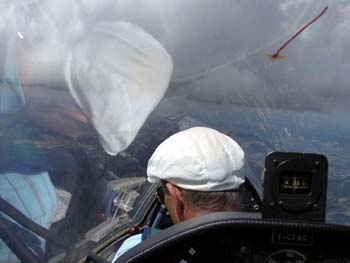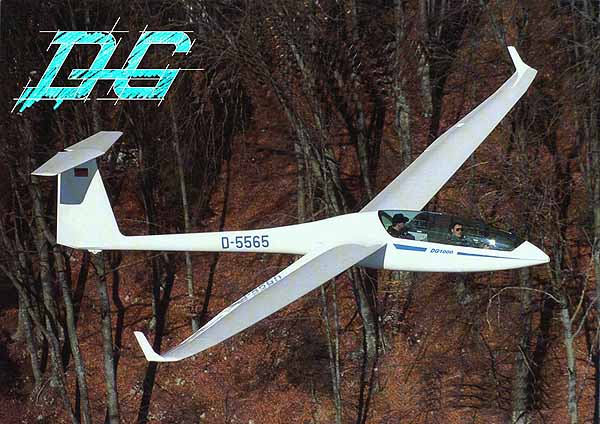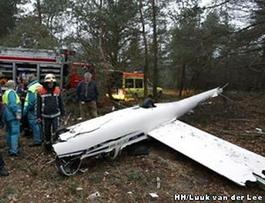Is a one piece canopy better for two-seater sailplane??
At the moment there are only three modern two seaters in the class up to 20 meters in production. The ASK 21, the Duo-Discus and the DG-505. The Duo-Discus has a one piece canopy, the others have two piece canopies.
It is often asked if it would be better to fit the DG-505 with a one piece canopy, like we had done many years earlier with the DG-100.
Normally a one piece canopy is aesthetically nicer and the co-pilots sight is not blocked by a canopy frame. The production costs of a one piece canopy are lower in comparison to a two piece one. That is why we intensively considered all the options – especially during the development of the DG-1000.

During our review a few negative point also arose for a one piece canopy:
- Such a canopy is hard to secure.
It is very difficult to display a straight hinge line on a curved surface. This means that when opening the canopy the right edge of the canopy gets wedged in. Naturally this should not happen. The result is that the outer edges of the cockpit needed to be angled accordingly. This leads to increased noise due to air leaks, which one also does not want to have.
One solution would be a canopy that opens forward like the canopy of the DG-800.
The canopy would then have a length of 3,73 meters and would have to open at a steeper angle as would be the case by a single seated, in order to allow the pilot to climb in. Such a canopy would be blown away as easily as an open barn door in a storm.
- Such a large canopy would have an unpreventable length expansion.
The canopy material expands by warmth by 0,05 mm per degree and length per meter, and shrinks when it cools down. This is a physical problem which can not be prevented. With a canopy of 3,73 meters in length and a usage range from -20 degrees by wave flight and +50 degrees in the desert this amounts to a 13 mm space that needs to be accounted for. This space can not be equalized simply by installing the canopy with a tolerance.
You could construct an inflatable rubber seal, or tape a elastic sealer tape over the open space, like the manufacturer of the Duo-Discus did. However, this does not remove the length expansion of the hinges. On many different occasions we have received reports that during warm weather the canopy of the Duo-Discus is very hard to lock.
- A two-piece canopy can be beneficial for radio communication.
If the speaker is fitted in the frame between the two canopies the sound of the radio is a lot more audible. If you install the loudspeaker into the canopy frame between the two piece canopy , it is much easier to listen to the radio.
- A two piece canopy also serves as an added safety feature.
At least on one occasion, the canopy frame between the two piece canopy of the DG505 probably saved the lives of two pilots who attempted to land during stormy weather conditions. The glider suddenly turned onto it’s back and landed that way. The canopy frame withstood the impact , preventing serious head injuries to the two pilots.
It is because of these reasons, especially because of the last case, that we have decided to stay with the two piece canopy.
Although: It would certainly look very nice……


